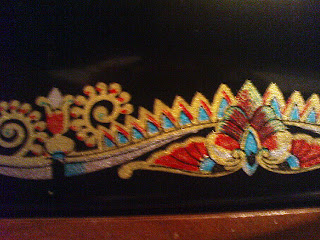Junks where very well designed, they could withstand massive amounts of damage at sea and still stay a float, this was due to the hull begin split into sections which could be sealed, this will be a very important design feature for our model as we will mostly have hatches rather than doorways for the lower decks.
As there is very little visual evidence of their interior we have decided to apply what we have learnt from our research to what we can easily find about European ships, here we see a basic plan which we will use, although we have taken everything out of the bottom level, as in Junks these would be used for ballast (large pieces of stone to balance the ship out, and fresh water tanks and even water tanks containing fish!
I happen to have read this book a few years back , it described the whole treasure ship journeys and had some very detailed descriptions of the ships, their travels and their occupants.
I chose this for the kitchen/eating area
Research of pulleys and other ship details


Not much detail but it shows the characteristic curve of junks
usefull for panels
One of my favourite ships, i've seen it a few times and i love the design of it.
Few basic design for junks, mainly smaller vessels, as were not going to make the huge treasure carriers.
Not too detailed but i like the feel of it!
Some details I liked for the interior of the captains room, sailing charts, paintings wood carvings and writing














































